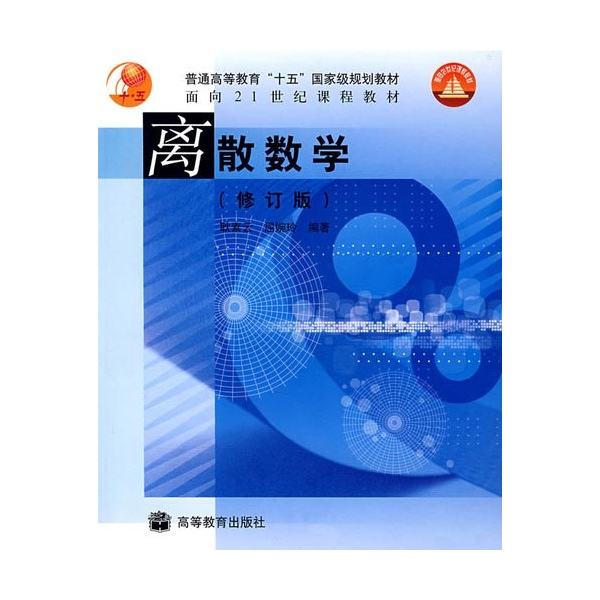High-dimensional expanders generalize the notion of expander graphs to higher-dimensional simplicial complexes. In contrast to expander graphs, only a handful of high-dimensional expander constructions have been proposed, and no elementary combinatorial construction with near-optimal expansion is known. In this paper, we introduce an improved combinatorial high-dimensional expander construction, by modifying a previous construction of Liu, Mohanty, and Yang (ITCS 2020), which is based on a high-dimensional variant of a tensor product. Our construction achieves a spectral gap of $\Omega(\frac{1}{k^2})$ for random walks on the $k$-dimensional faces, which is only quadratically worse than the optimal bound of $\Theta(\frac{1}{k})$. Previous combinatorial constructions, including that of Liu, Mohanty, and Yang, only achieved a spectral gap that is exponentially small in $k$. We also present reasoning that suggests our construction is optimal among similar product-based constructions.
翻译:高维扩张器将扩张式图形的概念普遍化为高维简易复合体。 与扩张式图形相反, 我们只提出了少量高维扩张器工程, 并且没有已知的近于最佳扩张的初级组合式建筑。 在本文中, 我们引入了改进的组合式高维扩张器工程, 通过修改先前的刘、 莫汉提和杨( ITSS 2020) 的建筑, 其基础是高维变异的粒子产品。 我们的建筑在以美元为单位的面孔上随机行走时, 达到一小块美元( $- Omega (\ frac {1\\ { k ⁇ 2} ) 的光谱差, 而这块面只比 $\ Theta (\ frac{ 1 ⁇ k} 美元的最佳边框差。 以前的组合式建筑, 包括刘、 Mohanty 和 Yang 的建筑, 仅实现了以美元指数小的光谱差。 我们还提出, 我们的推论认为我们的建筑在类似以产品为基础的建筑中最为合适。



